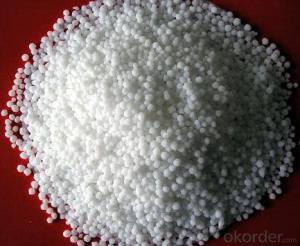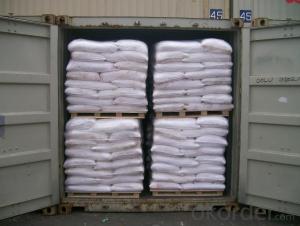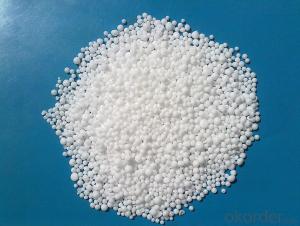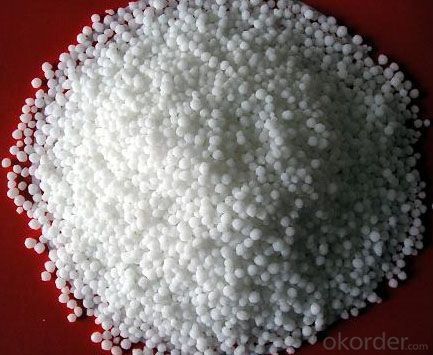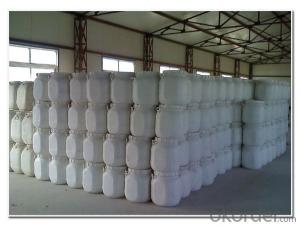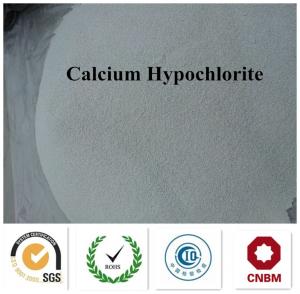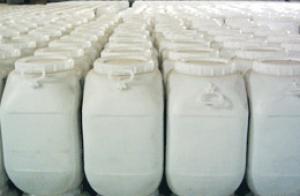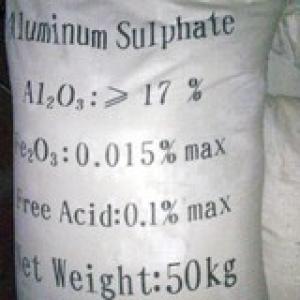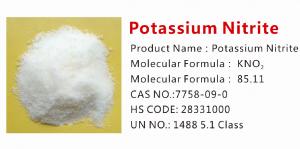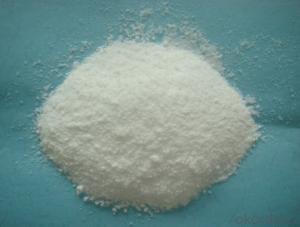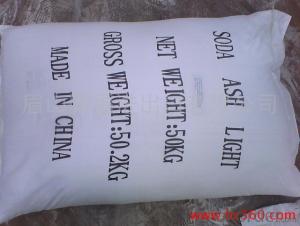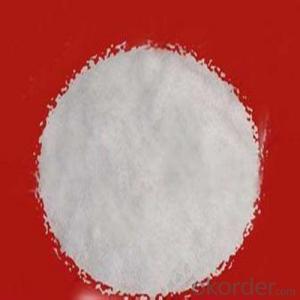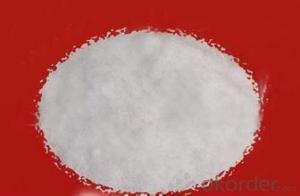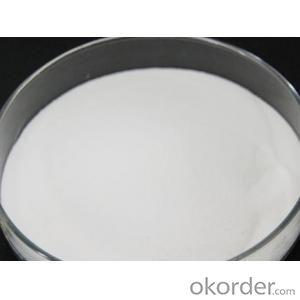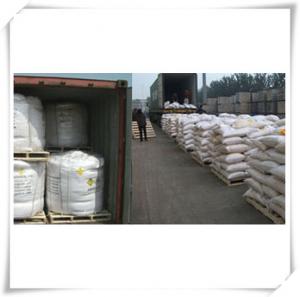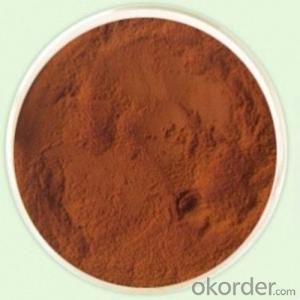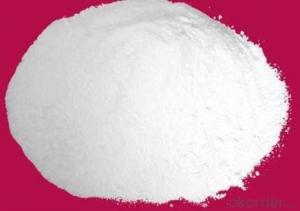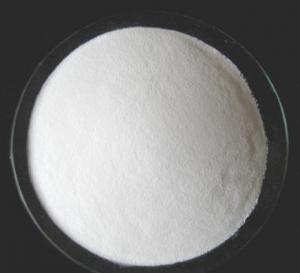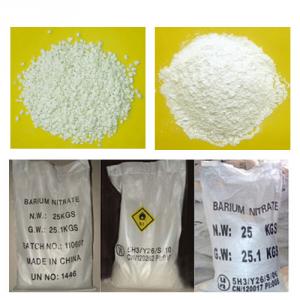Calcium Nitrite for Cement Concrete Admixtures
- Loading Port:
- China main port
- Payment Terms:
- TT OR LC
- Min Order Qty:
- 1000 kg
- Supply Capability:
- 500000 kg/month
OKorder Service Pledge
OKorder Financial Service
You Might Also Like
Calcium Nitrite for Cement Concrete Admixtures
Molecular formula: Ca(NO2)2
Molecular weight: 132
Properties:
Calcium ammonium nitrate is white or grey granular which dissolves in water absolutely.
It is a new type high-efficient compound fertilizer.Suitable both for straight application and blending.
Property and main advantage:
It contains nitrogen and calcium,and also supplies nitrogen to plant quickly, nitric nitrogen not needed to be transferred.
It is a neutral fertilizer and can improve the quality of soil.
It can lengthen the florescence,promote the root,stem,leaf to grow normally.
Ensuring the color of the fruit is bright and the fruit candy can be increased.
Technical standard: Q142401/CSC-01-2000

Indicator item | Superior | First grade | Second grade |
Calcium nitrite[Ca(NO2)2 dry basis]% | ≥94 | ≥92 | ≥90 |
Calcium nitrate[Ca(NO2)2 dry basis]% | <4< span=""> | <5< span=""> | <6< span=""> |
Calcium hydroxide[Ca(NO2)2 dry basis]% | <1.0< span=""> | <1.0< span=""> | <1.0< span=""> |
Moisture % | <1.0< span=""> | <1.0< span=""> | <1.0< span=""> |
Water insoluble content % | <0.6< span=""> | <1.0< span=""> | <1.0< span=""> |
Use:
This product is mainly used as main raw material of cementconcrete admixture and can be
prepared to concrete antifreeze, rebar corrosioninhibitor, early strength agent, etc. This product can
also be used in heavyoil washing, lubricating oil emulsification, chemical organic synthesis andother
fields.
1. Antifreeze: Can reduce the freezing point of themixing concrete. Construction temperature can be
down to -25 °C. Negativetemperature can promote the hydration of mineral components in cement. It is a new generation of low-alkali chlorine-free antifreeze.
2. Rebar corrosion inhibitor: It has excellentpassivation, rust resistance and protection effects.
Adding 2-3% calciumnitrite can prolong the life of buildings and structures for 20-50 years.
3. Can prepare early strength agent to improve concretestrength, reduce cement consumption and
shorten construction period.
This product fundamentally overcomes the defects ofconcrete alkali aggregate reaction and
electrochemical corrosion, improves thephysical and mechanical properties and durability of concrete
to get highquality concrete.
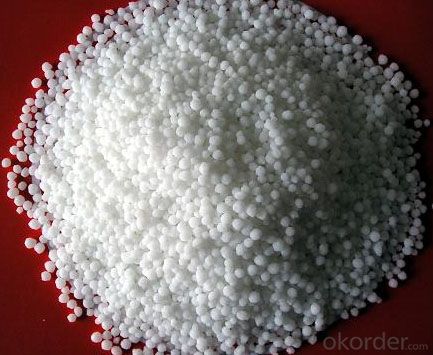
Packing:
25/40kg woven bag lined with plastic or according tocustomer requirements.
FAQ
1.Q: What is MOQ?
A: Our MOQ is 1 TON.
2.Q: Could you offer free sample?
A: We can provide free samples to you for quality testing.
3.Q: What about your packing?
A: For liquid: Flexitank, or IBC tank 1000L
For powder:Woven fabric bag with plastic film liner( 25kg or 1000kg)
Clients’ packing is workable.
4.Q: How about your productive capacity?
A: 150000 tons/Year.
5.Q: What is your delivery time?
A: Within 7 days after received deposit or L/C at sight.
- Q: Organic chemistry extraction lab. If the KBr wasn&#39;t there I would just add HCl to protonate the NH2, but I&#39;m not sure if that will affect the KBr or the carbon chain. Both of these are in an aqueous phase.
- The amine will certainly coordinate to K+, but the interaction is not very strong and hydrogen bonding from water will compete efficiently. Also, if your amine is soluble in water, you are not going to be able to isolate it by turning it into the corresponding ammonium salt.
- Q: The lack of symptoms and food sources of several inorganic salts
- Food sources of inorganic salts containing calcium Source: dairy products, beans, cereals, kelp and so on. Source: seafood, etc. Food of iron-containing inorganic salts Source: Fruits Containing iodine-containing inorganic salts Source (trace): seaweed, jellyfish, corn, mussels, etc. Zinc-containing inorganic salt food sources (trace): animal liver (viscera), fruit, peanuts, etc.
- Q: I am an AP biology student testing how magnesium effects the rate of photosynthesis in a plant. However since my class period is only one hour long I highly doubt if i add epsom salt to the soil ( after mixing it with water) i will see an immediate increase in the rate of photosynthesis. So i need to know how long should i wait to test photosynthesis rates after adding an epsom salt solution to the soil of a plant. Or how long does it take for magnesium to be incorporated into a plants rate of photosynthesis. Thanks in Advance!
- Magnesium sulfate (or magnesium sulphate) is an inorganic salt (chemical compound) containing magnesium, sulfur and oxygen, with the formula MgSO4. It is often encountered as the heptahydrate sulfate mineral epsomite (MgSO4·7H2O), commonly called Epsom salt, Magnesium is part of the chlorophyll in all green plants and essential for photosynthesis. It also helps activate many plant enzymes needed for growth. Rate of photosynthesis does not depend upon any single factor . so it is futile to expect it should increase after addition of epsom salt to soil in solution form . Because first it should be incorporated in chlorophyll molecule . That depends upon formation of new leaves . Old leaves already have it ( formula of chlrophyll a = C55 H72 O5 N4 mg ) That is the requirement is just one atom per molecule . what to do with excess ? Unless the soil is deficient in Mg . It it useless to add it . soil pH is another factor to be considered = Soil pH (a measure of the acidity or alkalinity of the soil) Soil pH is one of the most important soil properties that affects the availability of nutrients. Macronutrients tend to be less available in soils with low pH. Micronutrients tend to be less available in soils with high pH. www.ncagr /cyber/kidswrld/plan...
- Q: What inorganic salts are needed for seeds?
- Phosphate, nitrogen, magnesium, calcium, iron, copper, and boric acid
- Q: What is the relationship of electronegativity and the solubility of a inorganic salts?Does the solubility increase when electronegativity decreases or vice-versa? or neither...
- The higher the electronegativity, the stronger the acid would be... Therefore it would be more soluble. take NaCl (common table salt) as an example. The difference between Na's electronegativity and Cl's electronegativity is very high so NaCl is a very soluble salt. The only exception is HF - it is a weak acid - it dissociates very weakly because O-H bonds cannot break H-F bonds which are very strong.
- Q: What is the difference between "organic salt" and "inorganic salt"? What is the difference between "organic salt" and "inorganic salt"?
- Organic salts are organic acids with alkali (carboxylic acid) occurs in the reaction of the salt is called organic salt.
- Q: in the ocean
- Salts are the result of the association of cations and anions. Cations are usually metals like Calcium, Sodium, Potassium anions are ususally sulfates, phosphates, carbonates...... calcium carbonate and calcium phosphate are useful in making bone. Potassium Chloride is important in heart beat regulation Sodium Chloride is important in maintaining blood pressure. Carbonate is important in blood chemistry and the transfer of energy within a cell. all these salts are found in abundance in the ocean. If you follow evolution, those salts in the ocean have given rise to our own blood chemistry and organic health.
- Q: The application of various inorganic salts in the human body?
- Silicon in the water was partial silicic acid form absorbed by the body, mainly distributed in human skin and connective tissue, in the process of skeleton has a physiological role in promoting the development of bone development. Silicon is also involved in the metabolism of polysaccharides, is to form some glucose The main component of the aminopolysaccharide carboxylic acid.
- Q: Inorganic salt through what way into the human body
- The inorganic salt enters the human body through active transport.
- Q: The power of the water and inorganic salts in the plant is derived from the action of the plant
- The transpiration of plants in the body of water in the form of water vapor into the atmosphere when it is a "pump" principle, it provides a vertical pull for the root of the water, while dissolved in the water in the same salt Is absorbed and transported upward, the power is derived from the transpiration of plants
Send your message to us
Calcium Nitrite for Cement Concrete Admixtures
- Loading Port:
- China main port
- Payment Terms:
- TT OR LC
- Min Order Qty:
- 1000 kg
- Supply Capability:
- 500000 kg/month
OKorder Service Pledge
OKorder Financial Service
Similar products
Hot products
Hot Searches
Related keywords
